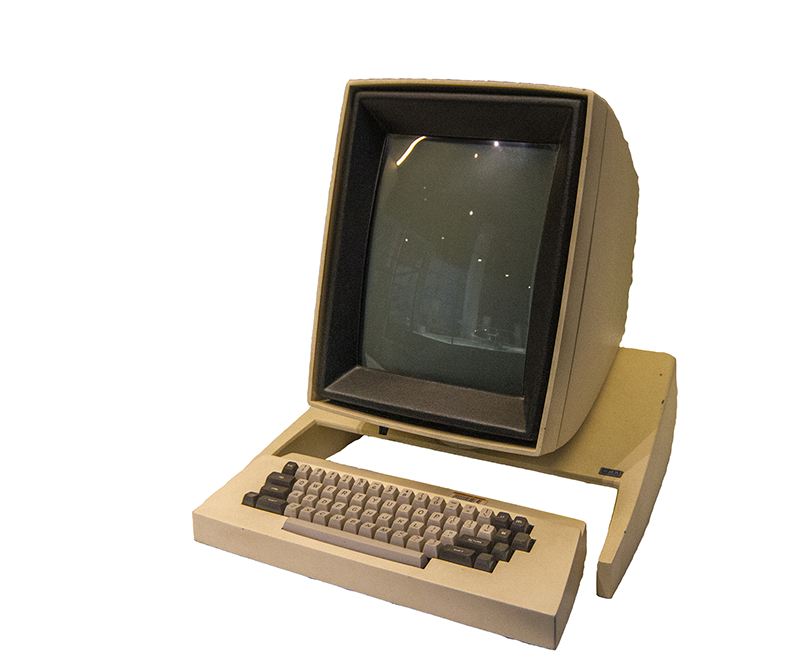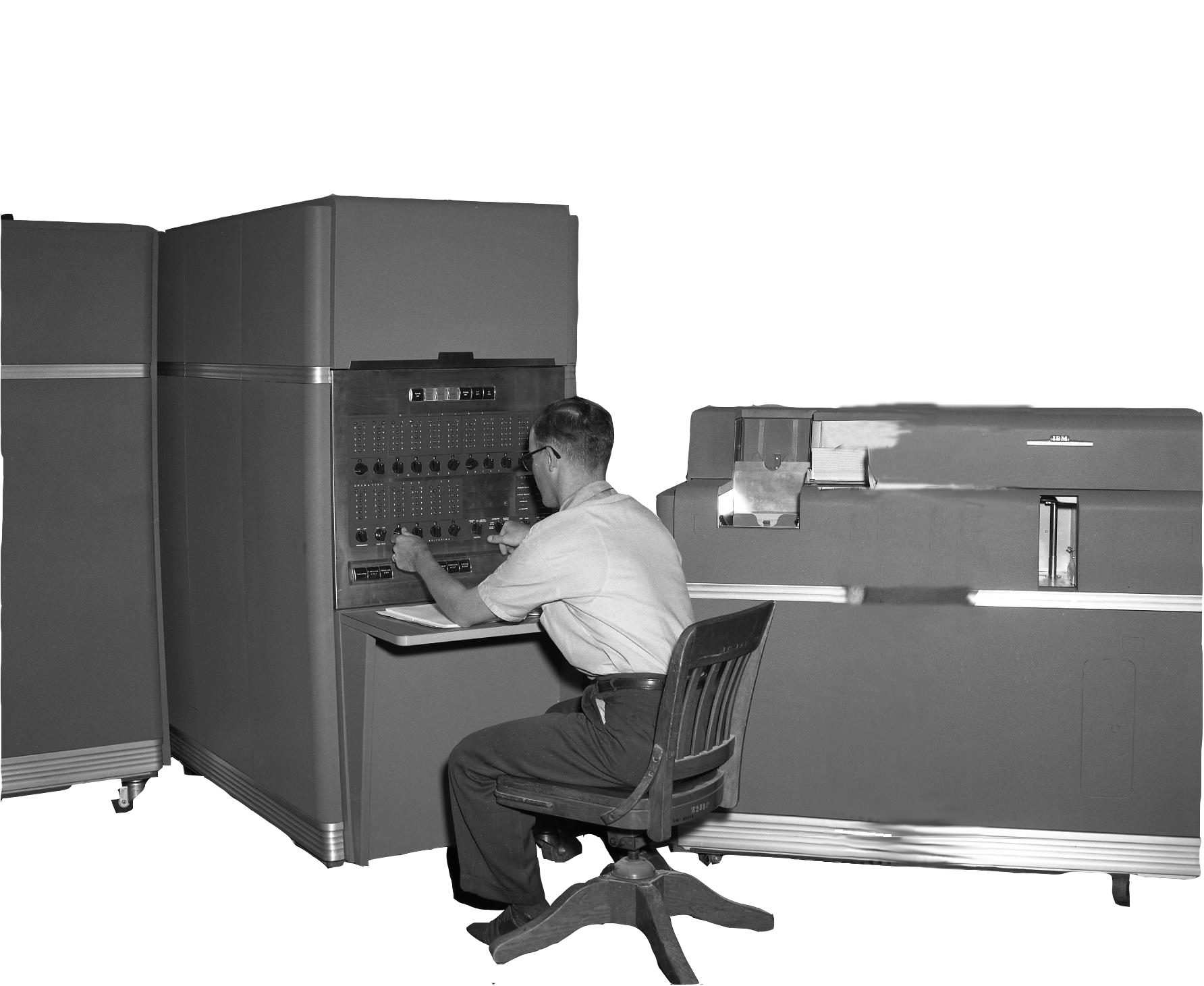



1950
1970
2017
1990
1930









The IBM 650 Magnetic Drum Data-Processing Machine is one of their earliest computers. As the world's first mass-produced computer. With an upgrade of disk units the storage dramatically enhanced four fold! This machine provides an upgrade for business, science and engineering evolving from basic punch card machines all on its own.


Xerox PARC Alto
The Xerox PARC Alto was the first computer to support an operating system via its inception, based on a graphical user interface. It was introduced on March 1973. With its multi-chip processing unit or CPU only took up the space of about one filing cabinet! Although it is expressed as a personal computer the selling prices ranged somewhere in the tens of thousands of dollars a unit.
1970
Although no extremely successful in sales this computer lead to the change in design of personal computers. Being a portable compter all three PowerBookd had a built in trackball, internal floppy drive and palm rests. The 170 version was the high end remake model providing a active matrix display, faster processing speed, and a floating piont Unit. This was discontinued in 2006.
1990

IMAC APPLE PRO
Natasha Reid

